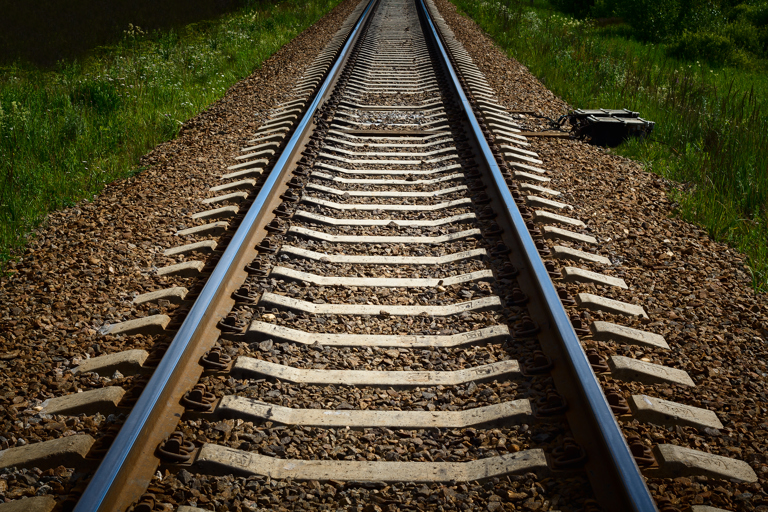What is the East West Rail link?
The East West Rail link, also called the Varsity Line, is the railway route that once linked Oxford and Cambridge. It allowed for quick and easy travel between the two university towns, and also provided easy access to Milton Keynes.

The East West Rail project is a major undertaking that aims to connect East Anglia with the Central, Southern and Western regions of England. This will include establishing a new railway link between Oxford and Cambridge, using the trackbed of the original Varsity Line. This is part of a broader national infrastructure initiative currently taking place in the UK.
This new rail is designed to make travel between Oxford and Cambridge faster and easier, provide access to housing and support the growing job market, as well as boost the local economy.
Who Commissioned the New Rail Route?
The project was first proposed by the East West Rail Consortium, a group of local authorities and businesses formed in 1995 with interest in improving access to and from East Anglia and the Milton Keynes South Midlands growth area.
The rail project was heavily supported in the National Infrastructure Commission’s (NIC) report to the government on how to maximise the potential of the Cambridge – Milton Keynes – Oxford corridor. The UK government’s Department for Transport has since agreed to take it forward as part of a £7billion infrastructure investment.
During the Autumn Budget statement in November 2017, Chancellor Philip Hammond formally confirmed that the Western section is scheduled for completion by 2024.
Where will the New Rail Route Run?
The East West Rail Route can be divided into three sections.
Western Section: This route is on the existing lines between Bedford and Oxford, Milton Keynes and Aylesbury Vale.
- Phase 1 of the overall project included upgrading the services from Oxford to Bicester Village. This was done by Chiltern Railways and Network Rail, introducing a new service between Oxford, Bicester and London Marylebone. These services began in December 2016.
- In Phase 2, the Western Section will also provide train services between Milton Keynes and London Marylebone, via Aylesbury. The line between Aylesbury and Claydon Junction will be upgraded to a double track.
Numerous other upgrades and builds are planned in the West, including a new station at Winslow, and new high-level platforms at Bletchley.
Central Section: The East West Rail Central Section will extend the Western Section to Cambridge.
This section will be the most difficult and expensive part of the original Varsity Line to rebuild, as the former railway has been dismantled and many bridges have been removed or fallen into disrepair. Network Rail is working to identify a single preferred route from Bedford to Cambridge, via Sandy.
Eastern Section: The railway east of Cambridge is largely used by freight trains, with some passenger services.
Hourly trains between Cambridge and Norwich were introduced in 2002, and between Ipswich and Cambridge in 2004. This is an important rail corridor, which is seeing increasing demand for passenger services.
The railway to East Anglia and the east coast is also being reviewed as part of the project, to identify how to deliver railway links with the biggest potential benefits.
Why is the New Rail Route being built?
By providing direct transport between Oxford and Cambridge, road commuter journey times could be reduced by up to 40%. Good transport links are important, as Oxford and Cambridge are among the UK’s most costly housing markets, and this means most workers and students must commute from other towns. Travel demand continues to grow, with a 40% increase expected by 2035.
The NIC reports that the corridor running between Oxford, Cambridge and Milton Keynes contributes £90 billion per year towards the UK economy, and predicts that this could soar to more than £250 billion with the completion of the new rail links. Improved transport is also critical to the broader plans for housing, jobs and infrastructure in the Cambridge-Milton Keyes-Oxford Corridor.


